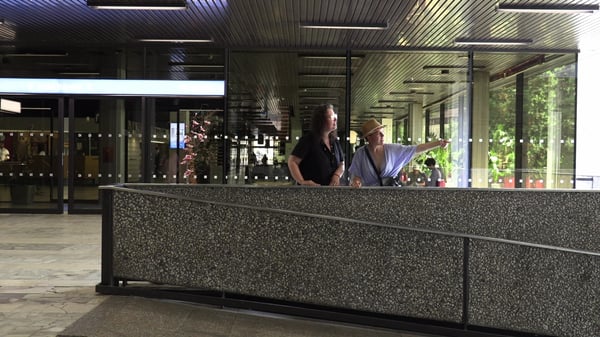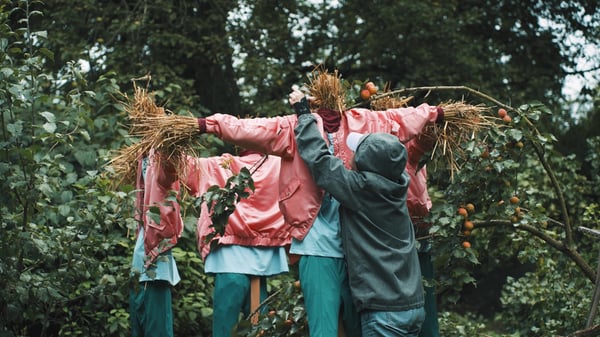Přednáška Lanea Relyea na newyorské univerzitě The Cooper Union School of Art. Ergo the spatial template of today’s art: extremely proximate performances on the one hand and a backdrop of unimpeded international travel on the other. But between the specific projects and boundless mobility of artworld free agents, what happens to the middle ground? How do social institutions or “ideological apparatuses” like the museum, or civic realms like the “public sphere” or “dominant cultures” or “shared ways of life,” how do these not fall out of focus, lose some of their function and relevance? Today, in place of the museum’s formerly rigid, bureaucratic, all-determining structure, there are temporary projects staffed by contracting free agents liberated from the confines of long-term labels and titles. And because these contracts facilitate embeddedness-for-hire, or employment agreements heavy with subjective performance and investment, they become the means by which artists both enter into context-specific projects and at the very same time just as easily become disembedded, liberated from context and social ties, free to return to the nomadic circulatory movement of the global art-labor market.
About Lane Relyea
Lane Relyea is Associate Professor of Art Theory & Practice at Northwestern University and editor-designate of Art Journal (for a three-year term beginning July 2012). His essays and reviews have appeared in numerous magazines including Artforum, Afterall, Parkett, Frieze, Modern Painters, Art in America and Flash Art. He has written monographs on Polly Apfelbaum, Richard Artschwager, Jeremy Blake, Vija Celmins, Toba Khedoori, Monique Prieto and Wolfgang Tillmans among others, and contributed to such exhibition catalogs as Helter Skelter and Public Offerings (both Museum of Contemporary Art, Los Angeles, 1992 and 2001 respectively). He has delivered lectures at New York’s Museum of Modern Art, Harvard University, and the Art Institute of Chicago among other venues. After teaching for a decade at the California Institute of the Arts in Valencia, where he joined the faculty in 1991, in the summer of 2001 he was appointed director of the Core Program and Art History at the Glassell School of Art in Houston, Texas. His book D.I.Y. Culture Industry: Signifying Practices, Social Networks and Other Instrumentalizations of Everyday Art will be published next year by MIT Press.
The lectures are organized by Doug Ashford and Colleen Asper for The Interdisciplinary Seminar Lecture Series of The Cooper Union School of Art





